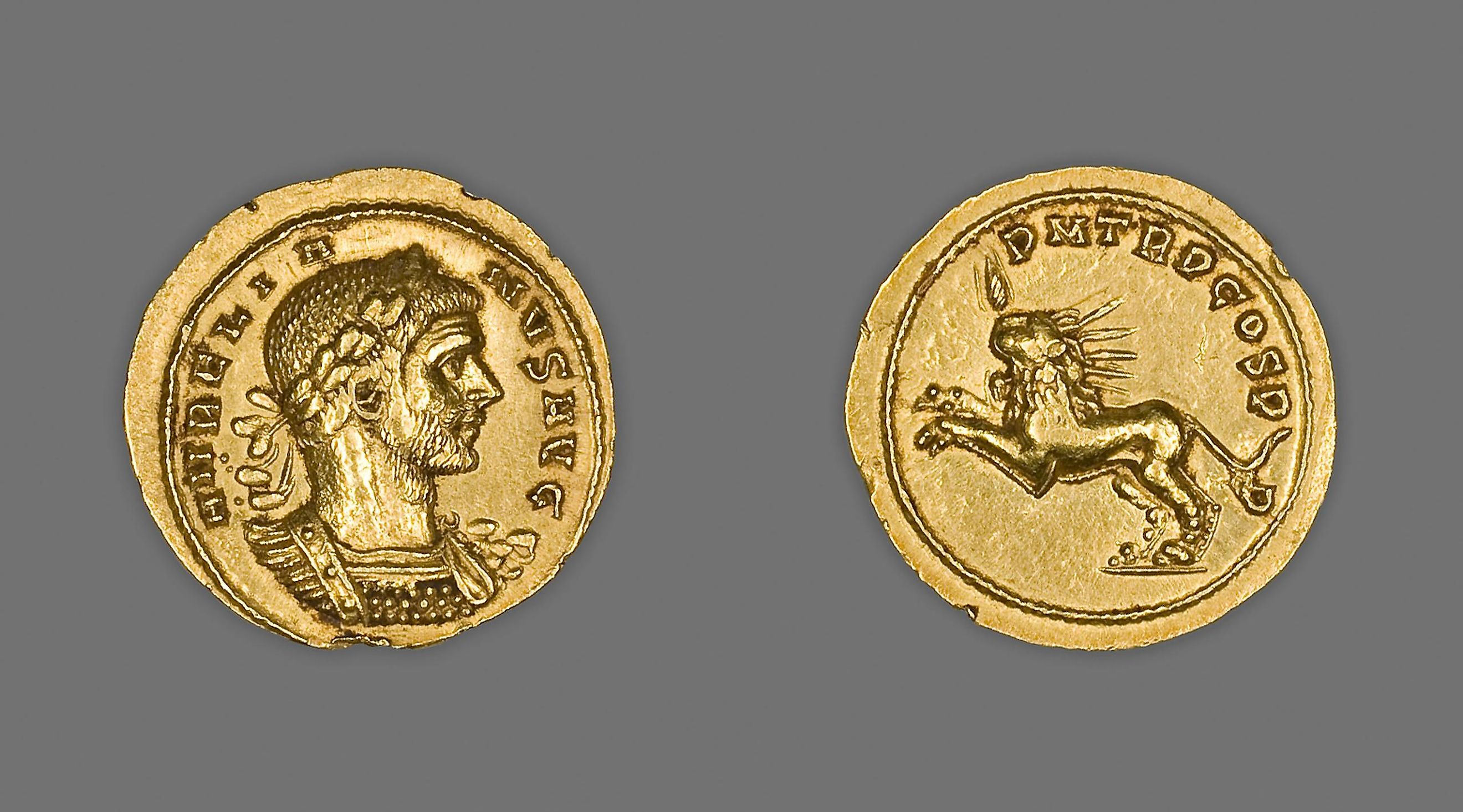
Aurelian: The Man Who Single-Handedly Saved The Roman Empire
With the prosperous times of the Pax Romana a distant memory, by the middle of the 200s, the Crisis of the Third Century was in full swing. This period of unprecedented chaos and destruction should have destroyed the Roman Empire two hundred years before it actually fell. Plagued with corruption, lawlessness, rebellion, civil wars, a failing economy, and invasions on all fronts, it is nothing short of a miracle that Rome was able to hang on. Hindered by a series of short-lived and incompetent emperors, Rome was unable to find its footing and properly deal with these threats. Barbarian invasions penetrated deep into the Roman heartland, and entire regions of the empire were breaking off and declaring their independence. The responsibility to shoulder the monumental and near-impossible task of restoring Rome to its original borders would fall to one man alone -Emperor Aurelian.
Just Another Soldier
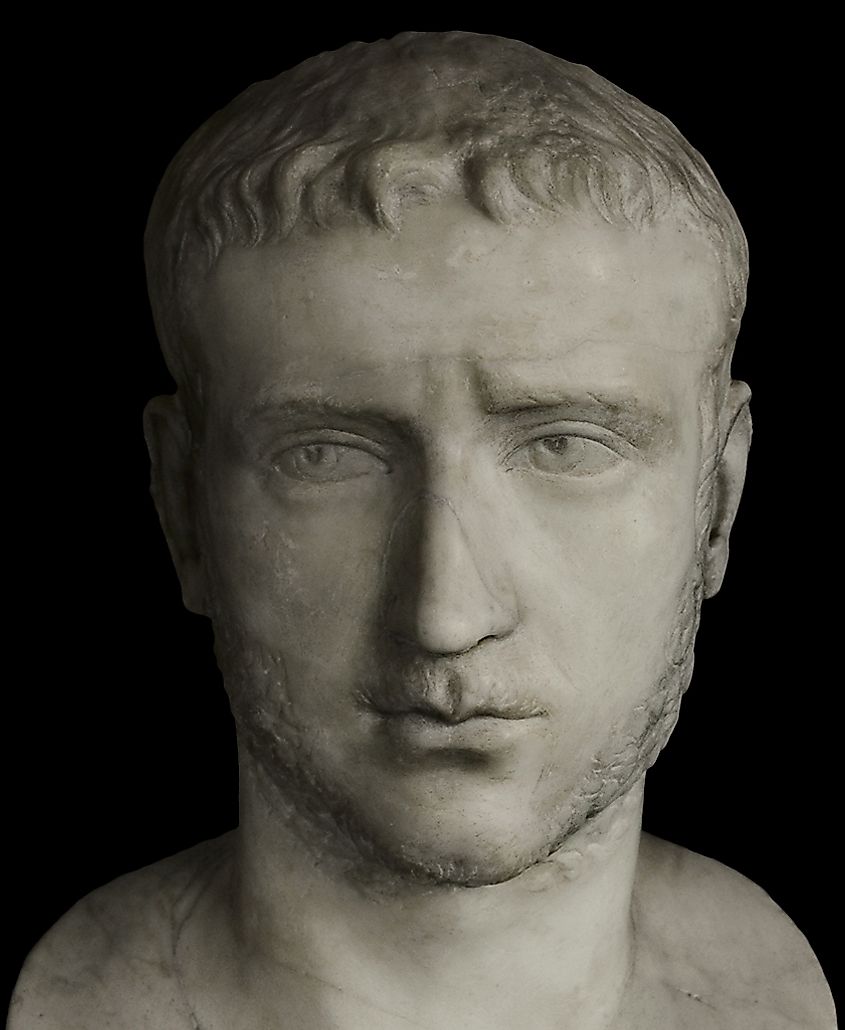
Not much is known about the early life of Aurelian. He was born around 217 AD in what is now Bulgaria and Romania. Raised by his father, a simple tenant farmer, Aurelian likely joined the military at a young age to escape the limited economic opportunities available to him at home. While details of his military service are sparse, it is evident that he thrived as a soldier and quickly rose through the ranks.
In 268 AD, Aurelian played a crucial role in the conspiracy to overthrow Emperor Gallienus, who was subsequently replaced by Claudius II. As a reward for his involvement in Claudius II's rise to power, Aurelian was appointed as cavalry commander.
However, Claudius II's reign was short-lived; he died from an illness in 270 AD, leaving the imperial throne vacant once again. Quintillus, Claudius II's brother, seized the opportunity to become emperor, but Aurelian thwarted his plans. Leveraging his military support and experience as a commander, Aurelian marched an army from the Balkans into Italy and quickly deposed Quintillus.
In just two years, Aurelian transformed from a military man serving on the frontiers to the emperor of the Roman Empire. Although the title of emperor may seem cushy, Aurelian's position was anything but favorable. He needed to act rapidly and decisively if he hoped to pull Rome back from the brink of destruction.
The Barbarian Problem
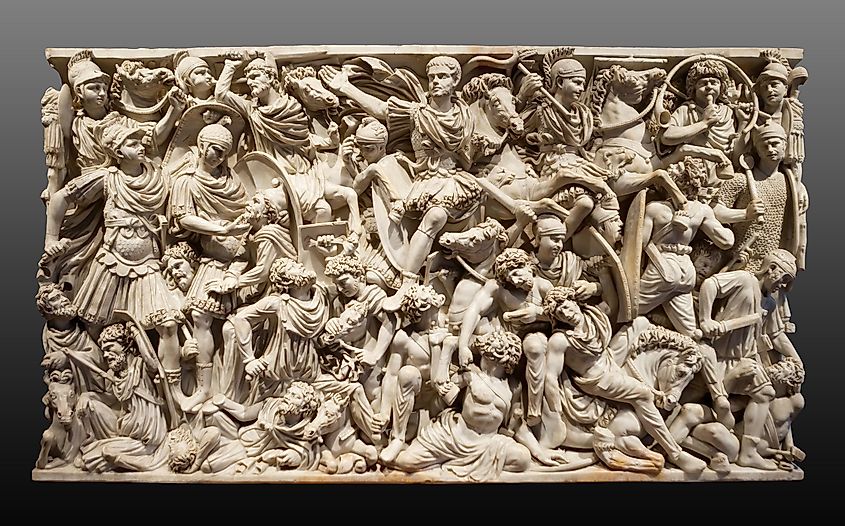
The most pressing challenge that Aurelian faced was the frequent Barbarian invasions that were wreaking havoc in large parts of the empire. Just a few months before he became emperor, the Juthungi tribe had launched a massive raid deep into Italy and were currently devastating the northern region of the province. Aurelian marched his army against them, but instead of engaging in battle, he negotiated with them. He compelled the Juthungi to hand over tens of thousands of their best fighters, whom he could utilize in future campaigns. The Barbarians agreed and were granted safe passage back to their lands. As a result, the Roman army gained the much-needed manpower it had been sorely lacking.
Aurelian quickly turned his attention to repelling another invasion occurring in the Balkan provinces, this time at the hands of the Vandals. Once again, the newly crowned emperor did not meet them directly on the battlefield. Instead, he denied the Vandals the chance to scavenge for food and resources by burning and destroying nearby towns and farms. Faced with starvation deep within Roman territory, the Vandals ultimately surrendered. As part of the peace agreement, they handed over more warriors to Aurelian and were given food before being escorted back across the Danube River.
Corruption In Rome
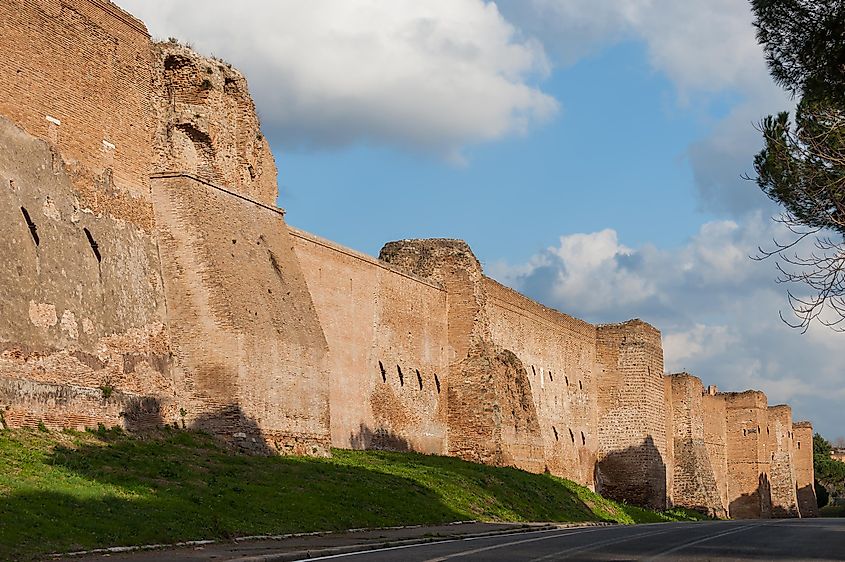
The emperor returned to Rome, where he faced significant challenges with corrupt politicians and local officials. The workers and administrators of the Roman mint were in full revolt, likely due to Aurelian's strict nature and the anxiety he caused among large segments of the Roman elite. Regardless of the cause, he quickly suppressed the revolt, and coin production resumed.
During his time in the capital, several usurpers emerged, but their rebellions were poorly organized and struggled to gain military support. All of these insurrections were crushed with little resistance.
To gain public support, Aurelian forgave debts and distributed free bread to the poor. Although this move was unpopular with many Roman aristocrats, they were largely powerless to oppose it. Aurelian's final project in Rome was to construct a new set of walls, now known as the Aurelian Walls. These fortifications ensured that the newly expanded areas of the city were protected. The construction of the walls also served as a wake-up call to ordinary Romans, reminding them that their city was not as invulnerable as it had seemed in previous centuries.
Breakaway Empires
Aurelian now faced two significant threats to Rome: the Gallic Empire and the Palmyrene Empire. Both of these breakaway states had emerged in recent years, seizing large portions of Roman territory, power, wealth, and citizens.
The Gallic Empire, led by Tetricus, included the provinces of Gaul and Britannia. While these regions were important, they were not critical to the survival of Rome. The Gallic Empire's military strength was absorbed in internal conflicts and civil wars, posing no immediate threat of invasion.
In contrast, the Palmyrene Empire represented a more pressing danger. Queen Zenobia, the de facto ruler of this empire, was the wife of the former Roman governor of Syria. She seized the opportunity at the first sign of weakness in imperial authority. Ironically, Zenobia’s husband, Odaenathus, had been fiercely loyal to Rome and had previously thwarted an invasion from the Sassanid Persians.
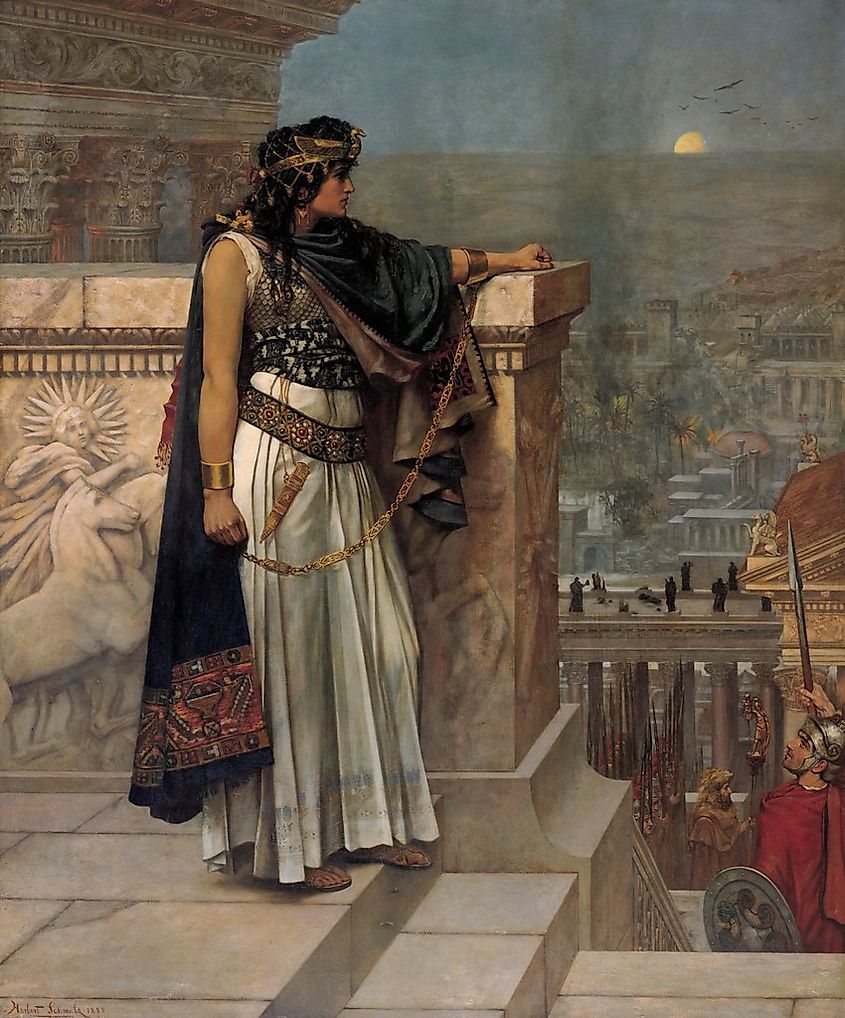
After the death of Odaenathus, who was likely killed on the orders of Zenobia, she seized control of the province and declared its independence. Taking the initiative, Zenobia marched her armies into the rest of the Levant and Egypt, proclaiming the lands to be liberated. Losing the wealthy provinces of the East was something Aurelian could not overlook, but more critically, Egypt—the empire's breadbasket—was now cut off from delivering essential monthly shipments of grain to a Roman population suffering from famine. For Aurelian, the first course of action was clear: he assembled his army and marched toward Palmyra.
Triumph In The East
In 272 AD, Aurelian arrived in Anatolia with a large army. He swiftly dealt with the cities along the frontier of Zenobia's empire, promising clemency to those that surrendered without a fight and swore allegiance to Rome once again. This tactic proved effective, resulting in a largely bloodless initial advance into Syria. Roman forces did engage with Zenobia's armies at the Battles of Immae and Emesa, but the rebels were easily defeated. Within six months, Aurelian found himself outside Palmyra, and the city promptly surrendered. Zenobia and her son, Vaballathus, were captured and taken back to Rome in chains.
Afterward, Aurelian left Syria to repel another barbarian invasion in the Balkans. During his absence, Palmyra rebelled once again. When Aurelian returned in 273 AD, he was not as forgiving. The city of Palmyra was destroyed, and many of its inhabitants lost their lives. The survivors were sold into slavery, and the city was left in ruins. With no other challengers in the eastern part of the empire, Aurelian could finally march back west to confront Tetricus in Gaul.
Triumph In The West
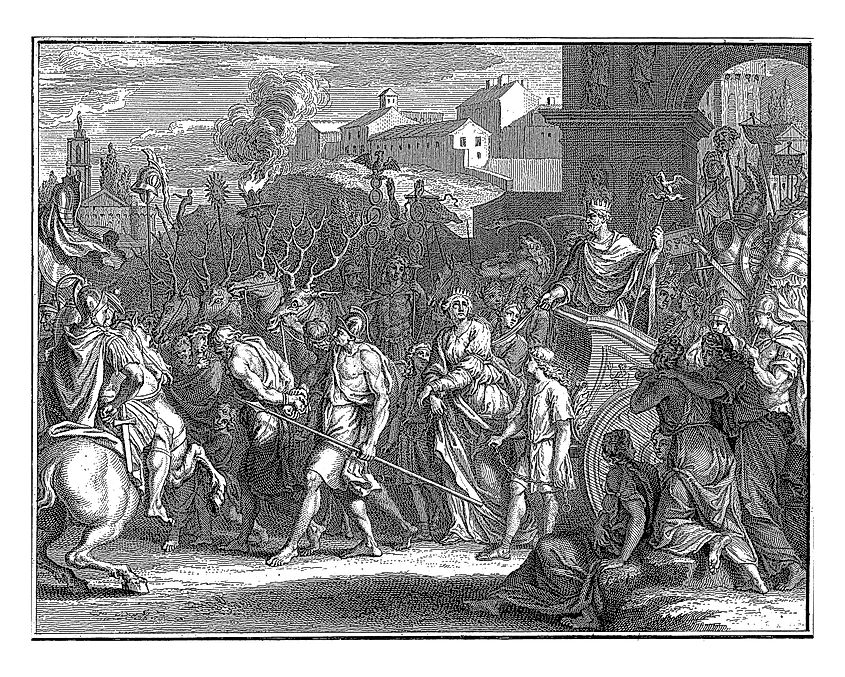
The Gallic Empire comprised provinces that were considerably poorer and less developed than those in the East. It lacked large population centers and struggled to field effective armies. Infighting was common within the Gallic military, with generals and commanders often turning on one another, even during wartime. Despite this, Tetricus was aware that Aurelian was coming to reclaim his territory, so he gathered a sizable army to confront him in the field.
In 274 AD, Aurelian and his legions decisively defeated the Gallic resistance at the Battle of Châlons (which should not be confused with the Battle of the Catalaunian Plains, also fought in the same region). Tetricus was not delusional; he recognized that victory was unattainable. He abandoned his own army during the battle and surrendered to Aurelian. The Roman Emperor returned to Rome that year and celebrated a grand triumph in his honor. Both Tetricus and Zenobia were paraded through the streets for the public to see, accompanied by long trains of loot obtained during the campaign. At the ceremony, Aurelian was awarded the title of restitutor Orbis, meaning "The Restorer of the World."
Aurelian's Death and the End of the Crisis
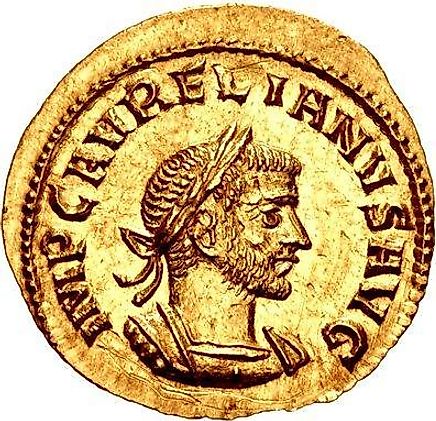
In just five years, from 270 AD to 275 AD, Aurelian was able to fend off numerous Barbarian invasions, address rampant corruption and ineffectiveness within the Roman government, put an end to lawlessness and banditry that had plagued the countryside, and decisively crush two breakaway regions on either side of the empire. It is no wonder that Aurelian was called "The Restorer of the World." Tragically, his time as emperor was cut short. In 275 AD, while preparing for a campaign against the Sassanids in Persia, the soldier-turned-emperor was murdered by his own servant while he was in the woods.
The motive behind his assassination remains unclear, but some historians believe it was an act of revenge for a severe beating the servant had received at the hands of Aurelian. Given Aurelian's infamously harsh and heavy-handed nature, this theory is plausible. Unfortunately, the man who had saved the Roman Empire from the external threats of the Crisis of the Third Century fell victim to the same self-destructive behavior that had contributed to the crisis.
After his death, civil wars erupted, leading to further chaos. This age of anarchy would not fully end until Diocletian came to power in 284 AD. Despite ruling for only five short years, Aurelian remains one of the most important yet overlooked Roman Emperors in history. It is rare for a single individual to be credited with such significant achievements, but Aurelian is an exceptional case. His actions single-handedly saved the Roman Empire and ensured its survival for another two centuries, until its eventual collapse in the West in 476 AD.











